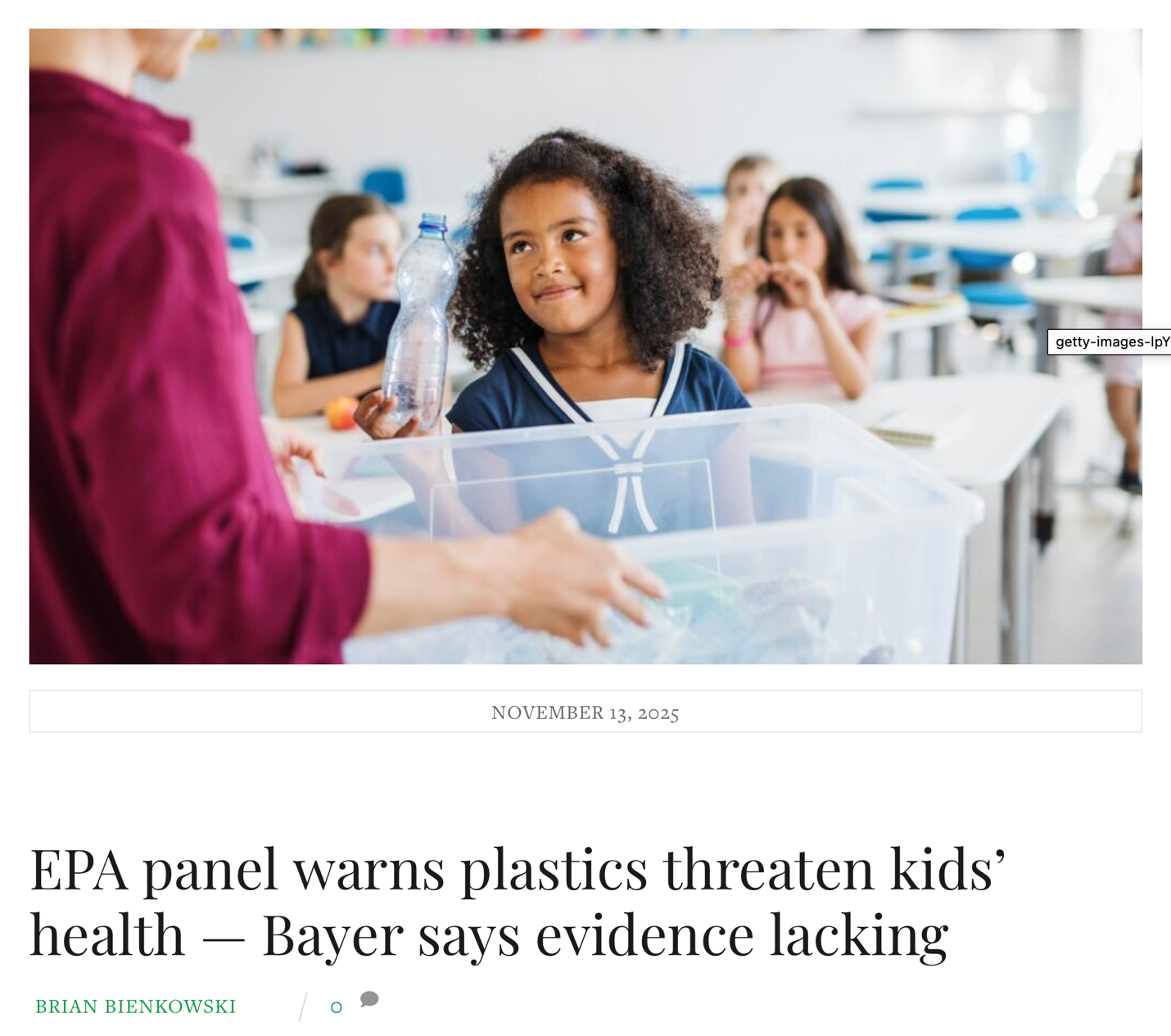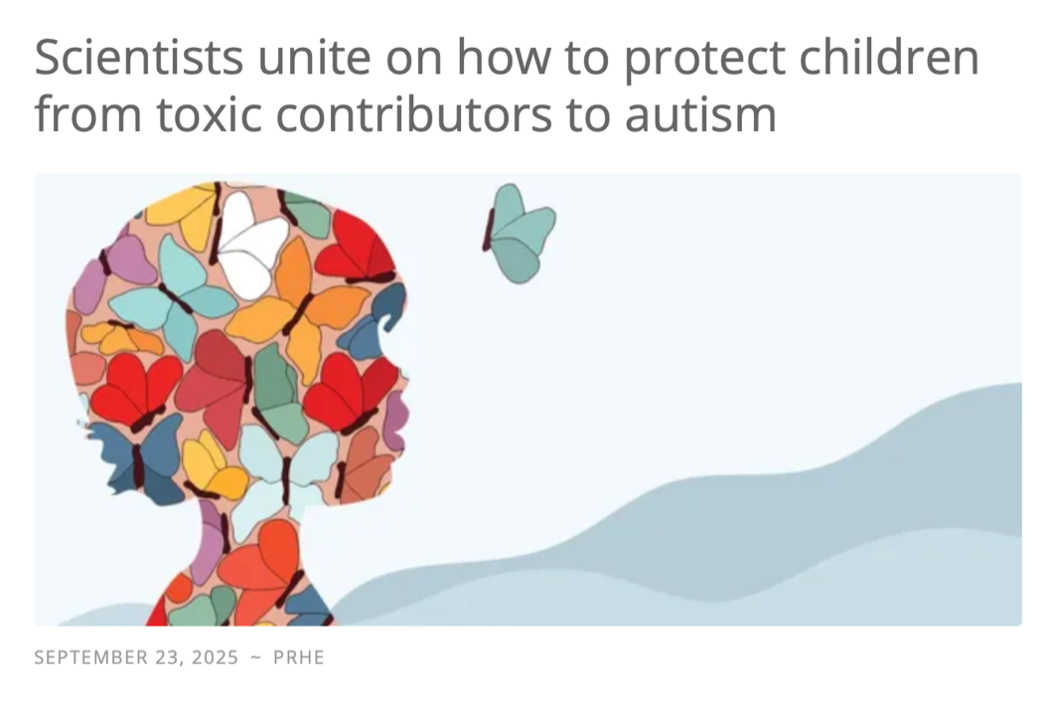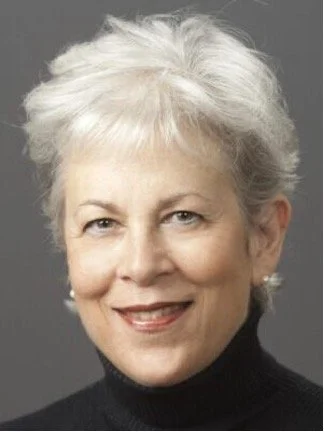Two weeks ago, in my blog on AI Apathy and Tech Effects on Health, I pledged to read Paul Kingsnorth’s Against the Machine, having read a review in the NYTimes. Well! I didn’t expect to tear through it in a weekend, during the very thick of the semester, driven word by word and page by page to see what he would say next. Some things I expected; others I did not. Some things I agreed with and then some; others I reject vehemently. But the book certainly got me talking – to my family, to my students, to my colleagues. I’ve begged a couple of friends to read it just so we can talk. But everyone is so busy. In lieu of that, I will set down my thoughts while they are relatively fresh, beginning with my chief objections.
First, how a lifelong environmentalist can apparently truck with Trump and MAGA Republicans, I cannot quite grasp.
Second, while his ideas about the trend towards transgenderism being an early kind of transhumanism should provoke study and thought, his dismissive attitude towards people struggling with sexual dysphoria – particularly given early evidence that that increase may be caused by ubiquitous exposure to endocrine-disrupting chemicals (EDCs), which are a particular product of our petrochemical machine – seems to lack compassion.
Third, he appears to categorize all technology together and romanticize a time when 40% of children died before the age of five. Must we reject clean water systems and vaccines, which deploy our natural immune systems, in order to reject the machine writ large?
But do I agree with Kingsnorth’s conception and definition of the machine? Yes, mostly – and then some. He quotes the Welsh poet R.S. Thomas – “The machine appeared / In the distance, singing to itself / Of money. Its song was the web / They were caught in, men and women / Together. The villages were as flies / To be sucked empty” and says that the machine is “ uprooting us from nature, culture, and God, leads us into a mass society, controlled by and for technology, in which we have been on course to become, since at the least the Industrial Revolution, mere cogs in a giant mechanism that we have no control over.”
In my first book, Environmental Legacies of the Copernican Universe, I delved into our mis-imagining of the relationship between our world, our ecosystems and the cosmos. The medieval mind actually had a comprehensive imagination of how humans fit into this macroscopic/macroscopic whole, even if they got some of the math wrong. The Great Chain of Being is just one such conceptual model, encompassing the smallest and humblest beings on Earth in a grand scheme that included God embracing all in the outermost of nesting spheres.
Now, our paradigmatic symbol, the shape of the universe, is a line, infinite, extending out in all directions. That is how we imagine motion, progress, the way things should be. Yet here on Earth, our patterns are circular, spherical, weblike, meshes, one integrated holistic system. Both geometries are true in physics, but we have prioritized the simplest depiction of motion rather than the compound complexity of the circular motion of heavenly planets, just as we have prioritized atomization over whole organisms, and physics and chemistry over biology and chemistry. We want the simplicity our minds can begin to comprehend rather than the complexity that escapes our grasp, that may ultimately lay beyond the power of comprehension.
So I agree with the notion that we should fight “against the machine.” But why “the machine”? The machine, whose mechanisms function more than ever along straight lines, is a product rather than origin of this earlier paradigmatic shift. We should seek to change not only our attitudes towards nature writ large, but our comprehension of the most basic shape of life, our semiotics of line over circle, that our culture now prioritizes. The problem is that on a finite Earth, we are assiduously avoiding looking at what happens when those lines approach a limit. In limits as defined by calculus, the line keeps going ad infinitum as it approaches the limit. Instead, we are reaching tipping points, a death, an absolute end, and the mortality of the planet herself. Just as the brain typically refuses to understand the end of itself, constructing instead an eternal future where we will reunite with the people and things we love now, so our brains refuse to understand that an entire ecosphere of which we are a part could also die, that this version of a living planet could die and us with it. Transhumanism is death. Transplanetism is probably also death, unless we are very, very gentle and observe very careful limits, responding to the signals our living planet is sending us….
I also agree with Kingsnorth that we should be imaginative in opposing the machine, even if we remain a minority resistance. In future, I will aim to examine what a remedied relationship – a blend of technology and culture conducive to life and flourishing – would look like. What would better look like? What if we closed the circle and pursued prevention? As Robin Wall Kimmerer has argued, “all flourishing is mutual.” We cannot remedy our relationship with our ecosphere if we do not first understand and appreciate nature and every aspect of what it means to be human on this Earth. And overall, Kingsnorth has furthered the conversation.












